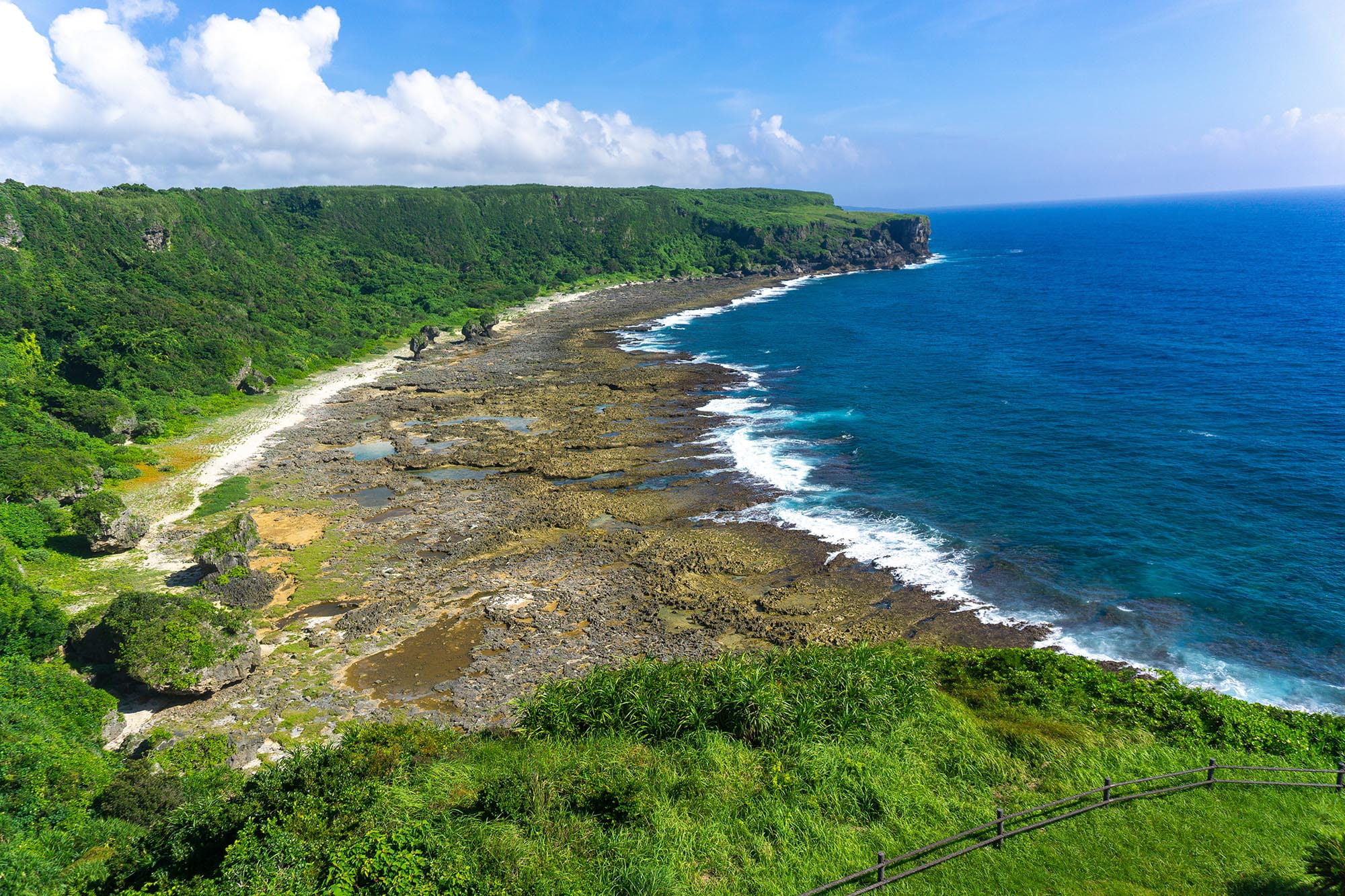Kagoshima
Responsible
Tourism

EN

SDGs stand for Sustainable Development Goals. In recent years, the concept of responsible tourism, which incorporates the SDGs, has been attracting attention in the tourism industry. This booklet presents the key points of what we should do to preserve the nature, people's lives, and culture of the islands designated as World Natural Heritage Sites for future generations.


Kagoshima Prefecture is home to 28 inhabited islands, making it one of the most remote islands in Japan. The islands, scattered throughout the prefecture's vast area of approximately 600 km, vary in climate from temperate to subtropical, and in nature and culture.
In this issue, we will introduce some of the highlights of Yakushima, Amami-Oshima, and Tokuno-shima, which are registered as World Natural Heritage sites.


The giant Jomon Sugi cedar, which is said to be between 2,000 and 7,200 years old, as well as mossy forests where time seems to have stopped since ancient times. The steep terrain, known as the "Alps of the Sea", has given rise to a variety of subtropical and subarctic climates that cover almost the entire Japanese archipelago, and has nurtured a diverse range of vegetation on Yakushima Island. In 1993, Yakushima was designated as Japan's first World Natural Heritage Site in recognition of its precious natural environment. The warm and humid air of the Kuroshio Current brings some of the heaviest rainfall in Japan, two to three times the annual rainfall of Tokyo, and supplies water to the entire island in the form of countless rivers. Utilizing this abundant water, 100% of the island's electricity is generated by hydroelectric power. Recent years have seen the emergence of Yakusugi cedar products and cafes that offer food made from ingredients grown on the island, giving travelers a variety of ways to enjoy the island's nature while protecting it.
"Wash the soles of your shoes to prevent the introduction of invasive species, and don't feed the wildlife. Yakushima is neither a theme park nor a zoo. We are dealing with nature. It is important to keep a moderate distance."
- Taro Watanabe, an official guide of Yakushima Town

The wonders of Yakushima Island and it’s natural diversity

Yakushima, The Water Island: The Secret of it’s special Shochu

“Yakushima through things and people” - The Future Written by YAKUSHIMA BLESS

Amami-Oshima Island has prospered since ancient times as a center of trade with the south. Due to its geographical and historical background, the island has been influenced by Ryukyu (present-day Okinawa Pref.) and mainland Japan, and has developed a culture represented by shima-uta (folk songs from Amami) and shochu made from brown sugar. Oshima Tsumugi pongee is one of the world's three most famous textiles, made by weaving threads dyed with local soil and Yeddo hawthorn, which grows wild in the mountains. The nature of the island that nurtured the Oshima Tsumugi pongee is a treasure trove of rare lifeforms. In order to protect this precious nature, which has been designated as a World Natural Heritage Site, efforts are being made to develop voluntary rules to eradicate invasive species and protect plants and animals.
Factors that have contributed to the island's rich natural environment include its complex coastline and the deep forests inhabited by habu snakes. These have protected the island from development and, in the past, prevented people from traveling between villages. As a result, each village developed its own unique customs, which have been passed down to this day. Why don't you take a trip to one of the villages and enjoy some of the island’s special moments?
"The forest of Amami-Oshima is home to a wide variety of life forms. You may harm them without realizing it, so you should definitely take a guided tour. It will deepen your understanding of Amami's nature."
- Kosuke Kijima, chairman of the Amami-Oshima Ecotourism Promotion Council

How to enjoy Amami Oshima, registered as a World Natural Heritage site

The deep-rooted traditional culture of Amami Oshima

The sight of sugar cane and potato fields on Tokunoshima Island evokes a feeling of nostalgia. The 400-year history of bullfighting on this island has its origins in the practice of "Nakusami" (meaning "consolation"), which was originally a modest pastime during the off-season, in which people organized fights between agricultural bulls as a reward for the year's labor. What bullfighting culture has passed down is a sense of solidarity of living on an island, the mentality of "Nakusami." If you are a traveler, you can experience this mentality by staying at a guesthouse or visiting historic shrines.
At the same time, efforts are being made to create special products with long-term prospects, such as coffee cultivation, which has been attracting attention in recent years.
Another characteristic of the island is the close proximity of nature to the villages. It is not rare to see the Amami black rabbit, which is a National Special Natural Monument, unexpectedly appear near the village. The island's abundance can be felt everywhere you go, in people's lives as well as in nature.
"The number of roadkill cases of rare species such as the Amami black rabbit has been increasing on the island. Please take precautions such as slowing down and using high beams, especially when driving at night."
- Hiromitsu Matsumura, an official guide of Tobe Village

His dream - to become Japan’s best coffee producer. The path to Tokunoshima Coffee Project

Our Daily Lives as a Resource - Tokunoshima Tourism and Bullfighting

©Arukikata. Co. , Ltd.